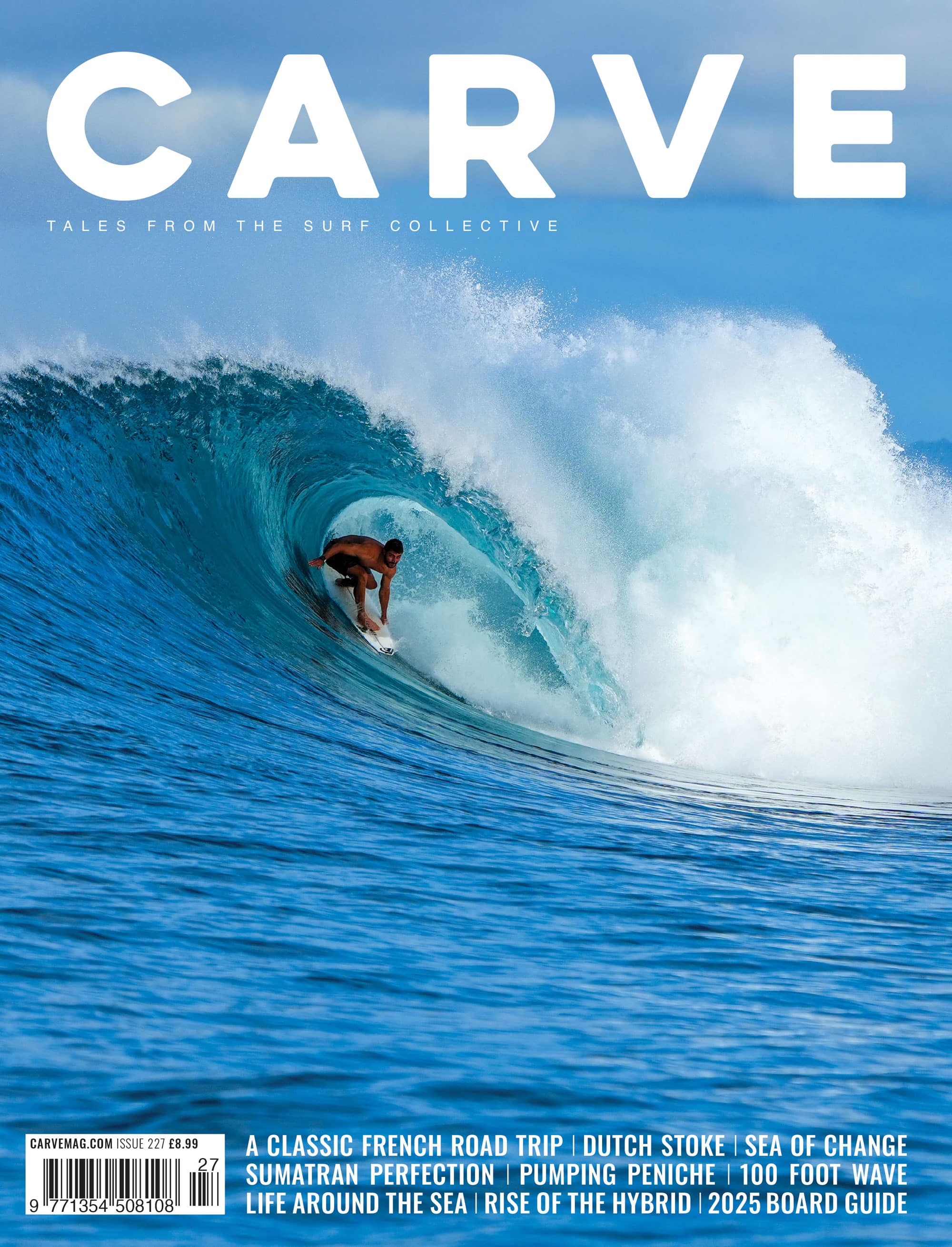Surfing is a challenging sport to learn. It’s physically demanding, often frustrating, and you need incredible patience. But ask any good surfer why he or she does it and you’ll get the same reply: because it’s the best sport in the world.
Surfing can be exhilarating or relaxing, fast or slow, wild or controlled, competitive or soulful…whatever you want really, because how you ride your board is up to you.
If you want to learn to surf, you need to be fit and you must be a good swimmer. Good eyesight is also important; if you have poor vision, wear contact lenses.
Just as beginner skiers spend their first days on the slopes at a ski school, so beginner surfers should spend their first days on the beach at a surf school. Being taught the correct techniques by a properly-qualified instructor will save you hours of frustration. Lessons are inexpensive and they’re good fun. Most importantly, it’s vital that you learn about safety in the water: the ocean is a dangerous place to play if you don’t know what you’re doing.
A Few Ground Rules
As well as the basic techniques of surfing you’ll be taught at a surf school, you’ll also come across a number of important ground rules, which apply to all surfers:
• DON’T surf alone. It’s always safer to surf with a mate or two…and a lot more fun.
• DON’T drop-in. Recreational surfing is a sport without hard-and-fast rules but there is one fundamental unwritten law: the surfer nearest the curl of the wave has right-of-way.
• DON’T surf straight after a meal, or after drinking alcohol.
• DON’T bail your board when paddling out through waves if you can possibly help it. There may be someone right behind you and they won’t appreciate getting a board in the face.
• DO observe warning flags and restricted-area flags. These are used for safety purposes by lifeguards at most of the main surfing beaches from May to September.
If a red flag is flying, the beach is closed because surf conditions are unsafe. Beginner and intermediate surfers should find a more sheltered beach elsewhere. Experienced surfers who paddle out when a red flag is flying do so at their own risk.
A zone with black-and-white chequered flags is a lifeguard – supervised area for beginner surfers. These areas sometimes get pretty crowded, with boards flying around all over the place, so keep your wits about you.
A zone with yellow-and-red flags is an area for swimmers (and bodyboarders) only.





